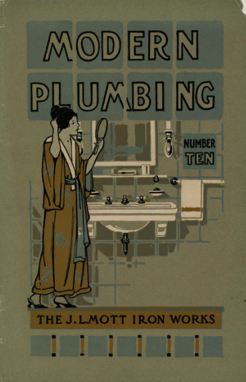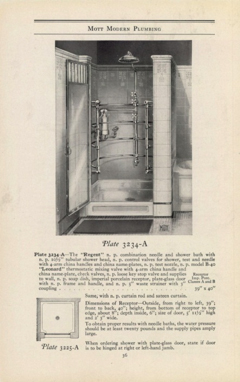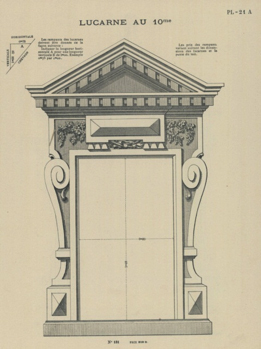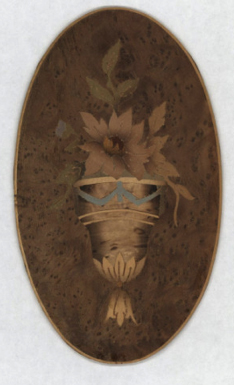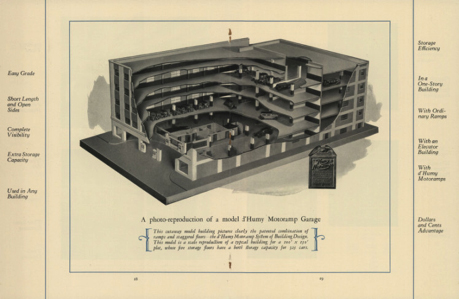A UCLA-SAHARA Architectural Image Collaboration
Janine Henri and Alivia Zappas
University of California, Los Angeles Arts Library
Like many faculty who have been teaching with images for several decades, UCLA Art History Professor Dell Upton’s office is filled with slides. There are drawers upon drawers of images of Quaker meeting halls, Machu Picchu’s ruins, and Jean Nouvel’s Institut du Monde Arabe. In spring 2011, UCLA Architecture, Design, and Digital Services librarian Janine Henri supervised library science graduate student Alivia Zappas, and collaborated with Professor Upton to upload and create records in SAHARA for over 400 of these images, digitized from slides.
The collaborative nature of this project was very much in line with the principles upon which SAHARA was built. SAHARA, the Society of Architectural Historians Architecture Resources Archive was conceived to
“…provide an opportunity for the leaders of SAH, architectural historians, librarians, publishers, technologists, and higher education administrators to study, develop, and implement educational and discipline-based strategies to advance scholarly communication in the context of the ongoing digital revolution in the field of architectural history.”[i]
The collaboration between a professor, a librarian, and a graduate student, enriched the experience and enhanced the image records. The creation of an image’s descriptive record often necessitates research. For images of well-known buildings or sites, minimal research needs to be done: the needed information can be gleaned from consulting a book or authoritative source. Other less known buildings require a great deal more research.
Professor Upton’s records provided building name and location information only. Janine Henri and Alivia Zappas resorted to creative and rigorous reference work to track down appropriate additional information such as dates, materials, and structural elements. Zappas was then able to build up the records with detailed technical and descriptive metadata: a feature which will greatly increase the retrievability of the records. Henri and Zappas relied on their knowledge of architecture students’ research needs (gleaned from experience answering reference questions) to determine the appropriate amount of descriptive data needed for each image.
Creating image records in SAHARA turned into a valuable learning experience. An unexpected, but enjoyable benefit of the research undertaken in order to describe images was the opportunity to learn about monuments and sites or the history of construction techniques and built works. The mosques of Cape Town were particularly fascinating. Describing these images involved an exploration of the history of the Bo-Kaap, or Malay Quarter, of Cape Town.
The most rewarding aspect of this project was also one of its most interesting components. Professor Upton’s wide-ranging and high quality slides offered some incredible images. Many feature vernacular architecture or provide visual information that is not readily available elsewhere. Making these images available, discoverable, and useful through descriptive data was a productive and satisfying project that will help enhance the teaching and study of architecture. Increasing access to these images (and as a result to architectural information) was addictive, challenging, and delightful! We encourage other groups of faculty, librarians, and graduate students to take on similar projects and contribute further to SAHARA.
[i] Whiteside, Ann, “SAH Architecture Resources Archive: A Collaboration in Changing Scholarship,” Art Documentation, 28 (1) 2009; 4-8.

 Study Architecture
Study Architecture  ProPEL
ProPEL 